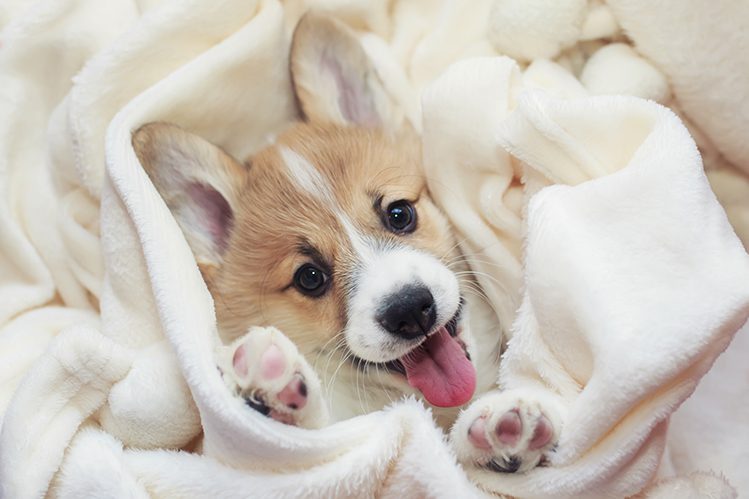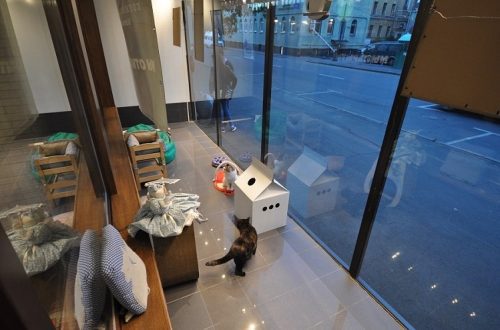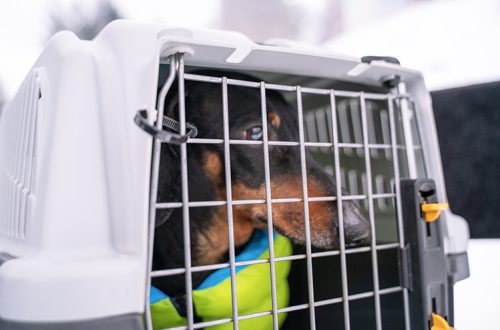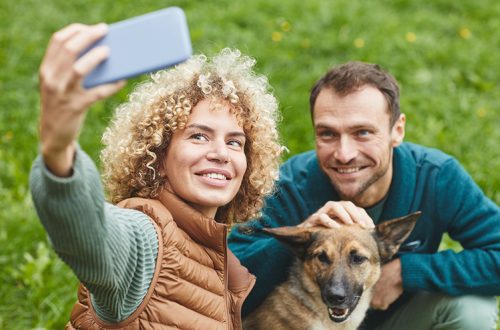
Puppies first molt
When do puppies start shedding? What do they experience? Should care change in this period? We will discuss in our article.
The first molt is a crucial period in the life of a puppy, when the children’s fur is completely replaced by an adult one. Very soon, your little one will turn into a beautiful adult dog, and the task of every responsible owner is to facilitate this transformation, to support the growing body. How to help a puppy during the molting period?
The first molt in a puppy occurs after 6 months. When exactly it starts depends on many factors: breed, individual characteristics, health status, diet, season, etc. On average, molting begins at 6-7 months and lasts about a couple of weeks.
What does a puppy feel during a molt?
Molting is a natural process, but it can bring a decent discomfort to the pet. Some puppies calmly endure the molt and feel as usual, but for others this period becomes a real torture.
During the molting period, puppies may experience severe itching and worsen appetite. Don’t worry, it will pass once the shedding is over. In the meantime, you can alleviate the condition of the puppy. How to do it?
- Regular brushing.
During molting, it is recommended to comb out the coat every day. This is necessary not only in order to remove dead hair and protect clothes and furniture from it. Brushing also stimulates blood circulation in the skin, speeds up the growth of new hair and helps maintain a neat appearance of the dog.
The main thing is to choose the right tool for combing. It should fit your dog in terms of size and coat type. It can be a comb, slicker brush, glove brush or furminator. The furminator is considered the most effective for dogs with an undercoat, but it should not be used if there are sores and wounds on the skin.
If you are buying a tool for the first time, it is better to consult a groomer.
Comb only wet hair. This will increase the effectiveness of the procedure, will not allow the hairs to tangle. First, apply a special moisturizing spray to the coat, and then proceed to combing.
- Trimming.
Not all dogs need to be brushed. Wirehaired dogs (Jack Russells, Schnauzers, Fox Terriers and other breeds) do not shed in the usual sense, but their coat also needs to be updated. An alternative to combing for them is trimming.
Trimming is the plucking of old hairs by hand or with a special tool – a trimming knife. You can carry out the procedure at home on your own or with a groomer. The frequency of the procedure specifically for your dog is best discussed with a specialist.
- We bathe properly.
Shedding is not a reason to stop bathing your dog. But bathing her more often than usual is also not necessary. Use a shampoo and conditioner suitable for your dog when bathing. Using other products, such as soap or your own shampoo, is strongly discouraged. During shedding, the coat does not look the best, and the skin itches. Unsuitable products can cause serious dermatological problems, worsen the quality of the coat and increase the duration of the shedding. Be careful.
- Balanced diet and vitamins.
The dog will survive the molt more easily if the right amount of nutrients is supplied to its body daily. Make sure the prepared food you choose is complete and suitable for your dog. If you feed your pet with natural products, be sure to give him an additional vitamin and mineral complex. Which complex to choose, discuss with a veterinarian.
- Walks and games.
Fresh air, moderate physical activity, entertaining games – all this will cheer up your dog, distract him from discomfort and strengthen the general condition of the body. And this is what you need when molting!
- Supervised by a veterinarian.
Visit a veterinarian to monitor the dog’s condition. If the pet refuses to eat, behaves aggressively, if ulcers and wounds appear on the skin, and the molting is delayed, there may be complications. Or maybe it was not a molt in the beginning. Wool can fall out due to hormonal disorders, parasite infestation or skin diseases. The diagnosis will be made by a veterinarian.
Take care of your pets, and let their fur be the most beautiful!





